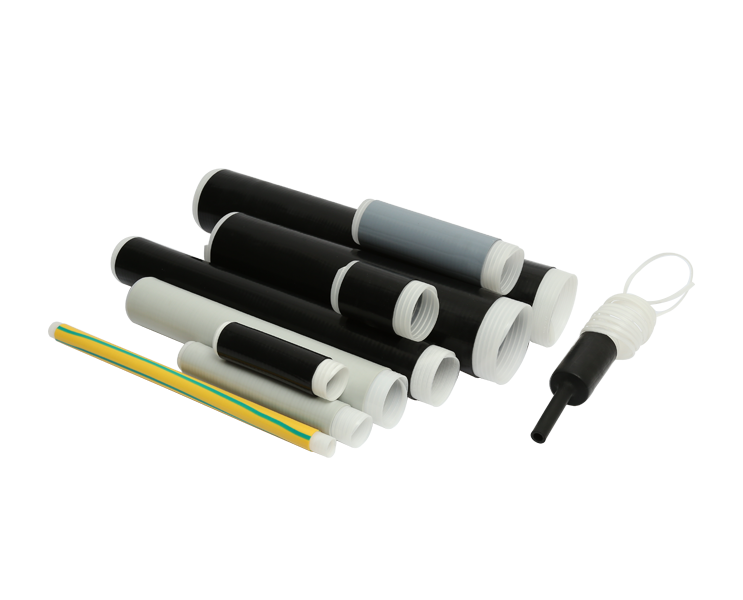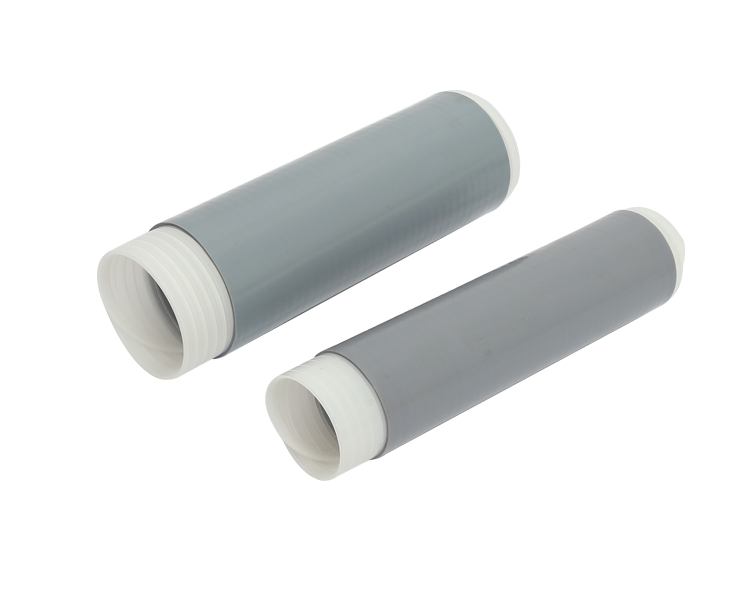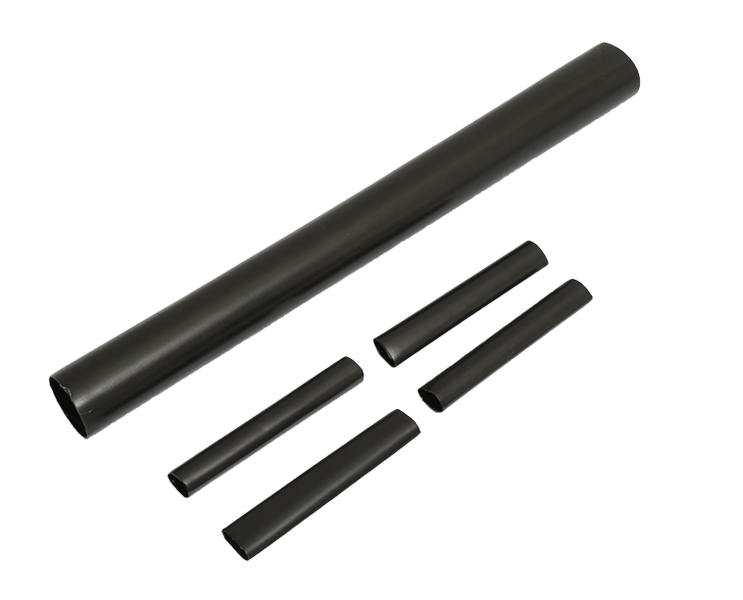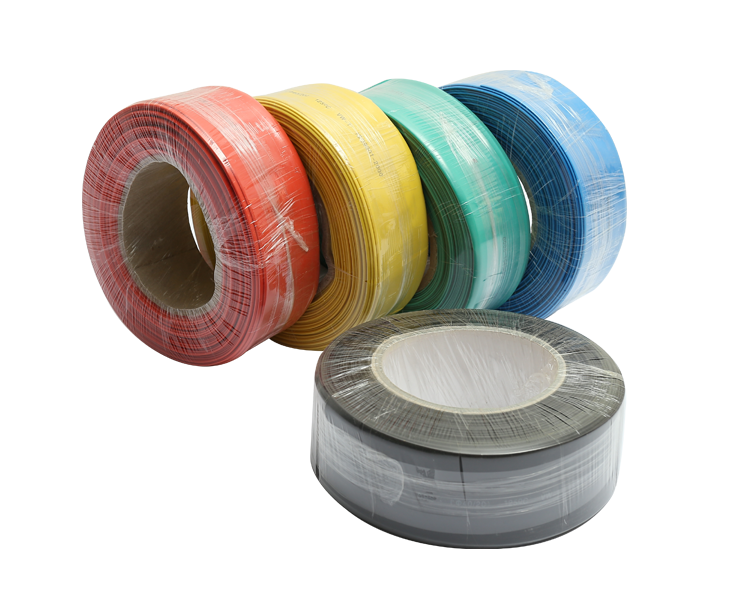Introduction: A cable joint kit is a vital component in the field of electrical connections and installations. This article delves into the features and applications of a cable joint kit, aiming to shed light on its versatility and importance in various industries. Whether you are in the telecommunications, energy, or construction sector, understanding the capabilities of a cable joint kit is essential for efficient and reliable cable management.
Cable Joint Kit Features: Durability: A high-quality cable joint kit is designed to withstand harsh environments, extreme temperatures, and various weather conditions. Its robust construction ensures protection against moisture, dust, and other elements that can impact the performance of the cable connections. Versatility: Cable joint kits are compatible with a wide range of cable types, including low-voltage cables, fiber optic cables, and high-voltage power cables. This versatility allows for seamless integration of different cable types, enabling efficient cable management in diverse applications. Easy Installation: A cable joint kit incorporates user-friendly installation procedures that simplify cable connections. With clear instructions and intuitive design, even individuals with no prior experience can successfully install and terminate cables using a cable joint kit. This saves time and reduces the need for specialized assistance during installations.
Safety: Safety is paramount when dealing with electrical connections. Cable joint kits often come with features such as insulation, flame retardancy, and resistance to electrical breakdown. These features minimize the risk of accidents, shorts, or the degradation of cable connections, ensuring the safety of both personnel and infrastructure. Flexibility: Cable joint kits offer flexibility in cable management, allowing for future expansions or modifications. They can accommodate additions or repairs to existing cable systems without the need for extensive rewiring or disruption to the entire setup. This adaptability makes them ideal for ever-evolving technological advancements and changing industry requirements.
Applications of Cable Joint Kit: Telecommunications Industry: The telecommunications sector heavily relies on cable joint kits for efficient data transfer and signal integrity. Whether it's fiber optic cables or copper cables, cable joint kits provide a reliable solution for terminating, protecting, and managing cables in telecommunication networks. From underground installations to aerial connections, cable joint kits ensure uninterrupted communication and help maintain network stability. Power Distribution and Energy Sector: Cable joint kits play a crucial role in the power distribution and energy sector. They enable the safe and secure connection of high-voltage power cables, ensuring efficient transmission and distribution of electricity. In power stations, substations, and renewable energy installations, cable joint kits provide reliable cable connections that withstand high currents, fluctuations, and various environmental conditions.
Construction and Infrastructure: Construction sites require effective cable management systems to ensure the smooth operation of electrical installations. Cable joint kits facilitate the connection of cables in buildings, tunnels, bridges, and other infrastructure projects. Their durable and weather-resistant features protect electrical connections from environmental factors, ensuring long-lasting and efficient functionality. Industrial Applications: Industries such as manufacturing, mining, and oil and gas heavily rely on cable joint kits to connect control cables, instrumentation cables, and power cables. These kits ensure reliable connections, enabling uninterrupted operation of industrial machinery and equipment. Moreover, the flexibility of cable joint kits accommodates expansions and modifications to suit the changing needs of industrial environments.
Conclusion: The cable joint kit is an essential tool in the field of cable management, offering a range of features that ensure durability, versatility, easy installation, safety, and flexibility in cable connections. Its applications in the telecommunications, power distribution, construction, and industrial sectors highlight its indispensability across various industries. By investing in high-quality cable joint kits, organizations can achieve efficient cable installations that contribute to the reliability and functionality of their systems.

 English
English 简体中文
简体中文



